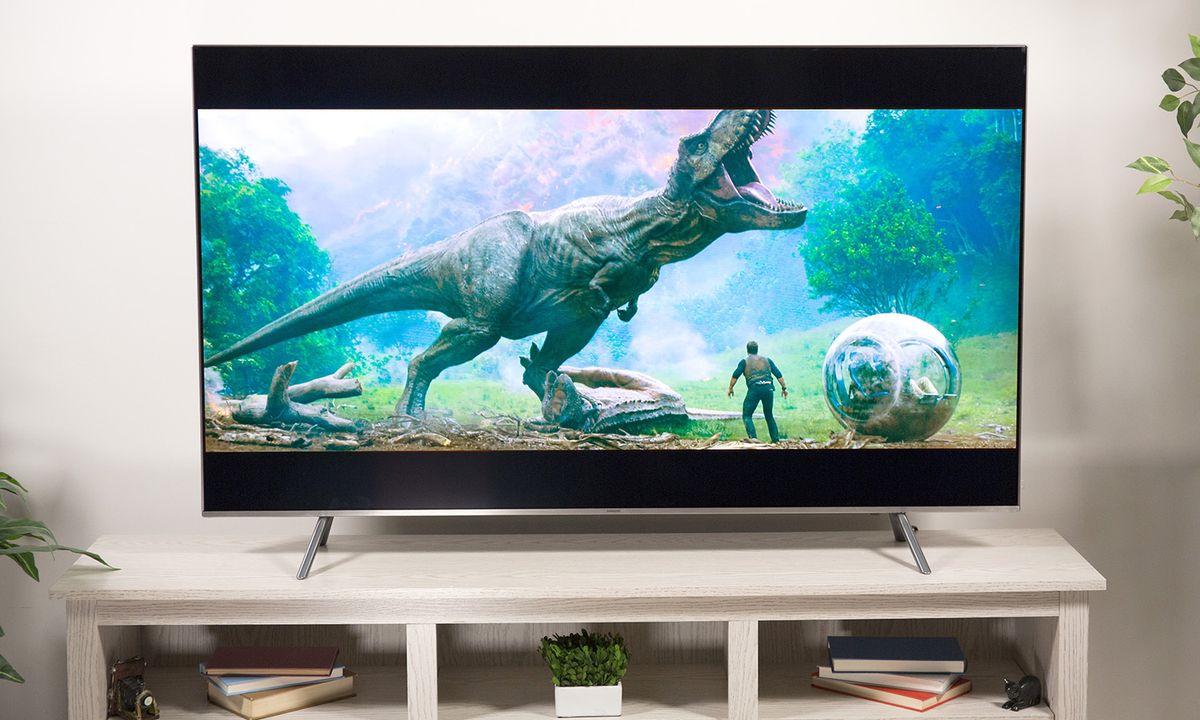

SHOULD I TURN OFF MOTION SMOOTHING TV
The Alliance’s main purpose is to urge TV manufacturers to include a comprehensive setting on their products called “ Filmmaker Mode” (FMM) so that viewers can watch movies with TV settings optimized for the cinematic experience … which includes motion smoothing being turned off. The blowback from the film industry over motion smoothing motivated a group of manufacturers, content producers, studios and technology companies to form an organization called the UHD Alliance in 2019. It’s enough of an issue that several high-profile directors like Christopher Nolan and Martin Scorsese - as well as actors such as Tom Cruise - have asked the public to turn motion smoothing off when they watch movies.
SHOULD I TURN OFF MOTION SMOOTHING MOVIE
When a director’s carefully shot movie looks like a cheap soap opera when viewed on a TV set (where much of today’s movie watching occurs), it makes them mad. After all, their whole world revolves around creating a particular look and feel in their films. Motion smoothing’s impact on 24 FPS movies and TV shows is not only unpopular with viewers, but with many movie directors too.

The reduced amount of flicker causes 24 FPS content to look like a video shot at a higher frame rate - something known as the “Soap Opera Effect.” Click here for a video that demonstrates why it’s not desirable when watching movies. But if the movement is more random, it’s much harder for your TV to make an educated guess about what to include in the frame, which can result in visual distortion, also known as artifacts. Motion smoothing can work well if the motion in the movie scene is linear and predictable - for example, a roller coaster going up or down. The idea is that as a movie is playing, the TV analyzes the onscreen movement and creates additional frames to match the refresh rate based on what it thinks they would look like. TV manufacturers created motion smoothing to address this mismatch. If you’re watching a 24 FPS movie on a TV, the discrepancy between the FPS of the content and the TV’s refresh rate creates blurring - also known as “judder” - especially when there’s rapid motion on the screen. The refresh rate is a measurement of how many times your TV reconstructs the image in one second, so it’s the TV equivalent of frames per second. TVs have much higher refresh rates - typically 60 Hertz (Hz), 120 Hz or greater. (The exception is daytime soap operas, which are often shot directly to video at 60 FPS, giving the impression that everything is either somehow too fluid or is moving in slow motion - an effect called “hyperrealism.”) Videos are shot at various speeds, including 30 frames per second (FPS) and 29.97 FPS however, most films and many TV shows have long been shot at 24 FPS, which gives content a slightly flickering, cinematic look. Have you ever seen one of those old-time flipbooks? Each page features a single image that varies slightly from the one before, but when you flip through them quickly, it looks like motion. As you probably know, a film or video consists of multiple single images that go by really fast to create the effect of motion. TV manufacturers invented motion smoothing to handle the visual discrepancy between movies and your TV set. For the purposes of this article, we’ll refer to it generically as “motion smoothing.” Frame Up However, the mode you need to adjust has different names, depending on the manufacturer. To make your movie look more like it does at a theater, all you have to do is change a single setting in the TV’s preferences. But when you turn it on, the picture quality looks more like a soap opera.

You get it home, set it up, and decide to celebrate by watching your favorite classic action movie. Imagine this: You’ve just laid out big bucks for a new TV with all the bells and whistles.


 0 kommentar(er)
0 kommentar(er)
